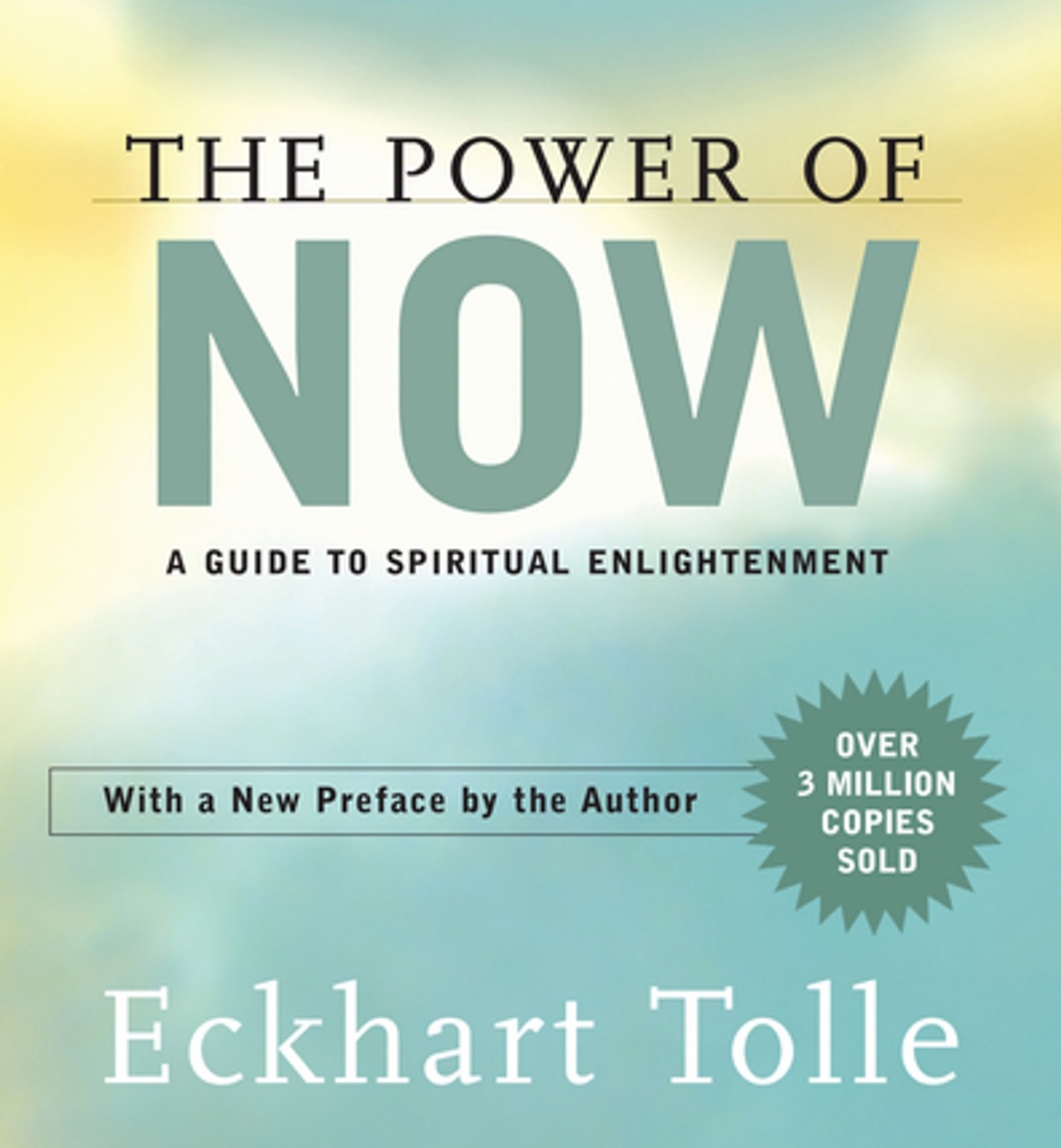(4)
《当下的力量》

🩵 版权©️归原作者Eckhart Tolle所有,本文仅作读文学习使用。如侵权,请联系搬运工删除。
Chapter Four
MIND STRATEGIES FOR AVOIDING THE NOW
第四章 思维逃避当下的策略
LOSS OF NOW: THE CORE DELUSION
丧失当下时刻:幻象的核心
Even if I completely accept that ultimately time is an illusion, what difference is that going to make in my life? I still have to live in a world that is completely dominated by time.
Intellectual agreement is just another belief and won't make much difference to your life. To realize this truth, you need to live it. When every cell of your body is so present that it feels vibrant with life, and when you can feel that life every moment as the joy of Being, then it can be said that you are free of time.
But I still have to pay the bills tomorrow, and I am still going to grow old and die just like everybody else. So how can I ever say that I am free of time?
Tomorrow's bills are not the problem. The dissolution of the physical body is not a problem. Loss of Now is the problem, or rather: the core delusion that turns a mere situation, event, or emotion into a personal problem and into suffering. Loss of Now is loss of Being.
To be free of time is to be free of the psychological need of past for your identity and future for your fulfillment. It represents the most profound transformation of consciousness that you can imagine. In some rare cases, this shift in consciousness happens dramatically and radically, once and for all. When it does, it usually comes about through total surrender in the midst of intense suffering. Most people, however, have to work at it.
When you have had your first few glimpses of the timeless state of consciousness, you begin to move back and forth between the dimensions of time and presence. First you become aware of just how rarely your attention is truly in the Now. But to know that you are not present is a great success: that knowing is presence — even if initially it only lasts for a couple of seconds of dock time before it is lost again. Then, with increasing frequency, you choose to have the focus of your consciousness in the present moment rather than in the past or future, and whenever you realize that you had lost the Now, you are able to stay in it not just for a couple of seconds, but for longer periods as perceived from the external perspective of dock time. So before you are firmly established in the state of presence, which is to say before you are fully conscious, you shift back and forth for a while between consciousness and unconsciousness, between the state of presence and the state of mind identification. You lose the Now, and you return to it, again and again. Eventually, presence becomes your predominant state.
For most people, presence is experienced either never at all or only accidentally and briefly on rare occasions without being recognized for what it is. Most humans alternate not between consciousness and unconsciousness but only between different levels of unconsciousness.
ORDINARY UNCONSCIOUSNESS AND DEEP UNCONSCIOUSNESS
一般的无意识和深层的无意识
What do you mean by different levels of unconsciousness?
As you probably know, in sleep you constantly move between the phases of dreamless sleep and the dream state. Similarly, in wakefulness most people only shift between ordinary unconsciousness and deep unconsciousness. What I call ordinary unconsciousness means being identified with your thought processes and emotions, your reactions, desires, and aversions. It is most people's normal state. In that state, you are run by the egoic mind, and you are unaware of Being.
It is a state not of acute pain or unhappiness but of an almost continuous low level of unease, discontent, boredom, or nervousness — a kind of background static. You may not realize this because it is so much a part of "normal" living, just as you are not aware of a continuous low background noise, such as the hum of an air conditioner, until it stops. When it suddenly does stop, there is a sense of relief. Many people use alcohol, drugs, sex, food, work, television, or even shopping as anesthetics in an unconscious attempt to remove the basic unease. When this happens, an activity that might be very enjoyable if used in moderation becomes imbued with a compulsive or addictive quality, and all that is ever achieved through it is extremely short-lived symptom relief.
The unease of ordinary unconsciousness turns into the pain of deep unconsciousness — a state of more acute and more obvious suffering or unhappiness — when things "go wrong," when the ego is threatened or there is a major challenge, threat, or loss, real or imagined, in your life situation or conflict in a relationship. It is an intensified version of ordinary unconsciousness, different from it not in kind but in degree.
In ordinary unconsciousness, habitual resistance to or denial of what is creates the unease and discontent that most people accept as normal living. When this resistance becomes intensified through some challenge or threat to the ego, it brings up intense negativity such as anger, acute fear, aggression, depression, and so on. Deep unconsciousness often means that the pain-body has been triggered and that you have become identified with it. Physical violence would be impossible without deep unconsciousness. It can also occur easily whenever and wherever a crowd of people or even an entire nation generates a negative collective energy field.
